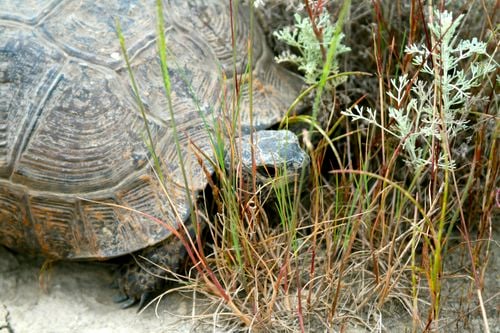 Azerbaijan
Azerbaijan
Azerbaijan is located between the Caspian and the Black Seas, partly in the Caucasus Mountains and enjoys a 713 km long coastline on the Caspian Sea. The elevation in the country ranges from -28m below the sea level at the Caspian Sea to the height of 4,485 m at Bazarduzu in the Caucasus.
The country's principal rivers drain from the Caucasus to the Caspian Sea and include the Kura and its tributary the Aras River. From the mountainous regions of the Caucasus to the coastal lowlands, Azerbaijan encompasses nine climatic zones, resulting in a rich variety of flora and fauna which requires to be protected.
In 28 March 2000, Azerbaijan acceeded to the Bern Convention, which entered into force four months later the same year. Up to 2010, the country listed more than 160 species of Europen importance resent on its territoty and need to be protected, along with 18 different habitats.
 The category of fauna or flora that is best represented in sheer numbers on that list is birds. Some of the species listed most recently as part of the country's work on the the development of the Emerald network include the goitered gazelle, Gazella subgutturosae, the spur-thighed tortoise, Testudo graeca, and luckily Marsilea quadrifolia, commonly known as four-leaf clover. Continental salt steppes and salt marshes are among the habitats of European importance to be protected in the country.
The category of fauna or flora that is best represented in sheer numbers on that list is birds. Some of the species listed most recently as part of the country's work on the the development of the Emerald network include the goitered gazelle, Gazella subgutturosae, the spur-thighed tortoise, Testudo graeca, and luckily Marsilea quadrifolia, commonly known as four-leaf clover. Continental salt steppes and salt marshes are among the habitats of European importance to be protected in the country.
16 sites have been identified as suitable to join the Network in the country (by February 2016), 12 of which have already been officially nominated as candidate Emerald sites by the Standing Committee to the Bern Convention in December 2015.
The 16 potential Emerald sites cover 8698.69 km2, 10.00% of the country territory.
Agrégateur de contenus

Afficheur de contenus web
Mr Rashad Allahverdiyev
Head Advisor at Department of Protection of Biodiversity and Development of Strictly Protected Nature Areas,
Ministry of Ecology and Natural Resources,
Republic of Azerbaijan,
Protected Nature Areas
Mob: +994554553554
Tel/fax:+994124927369
Contact


































